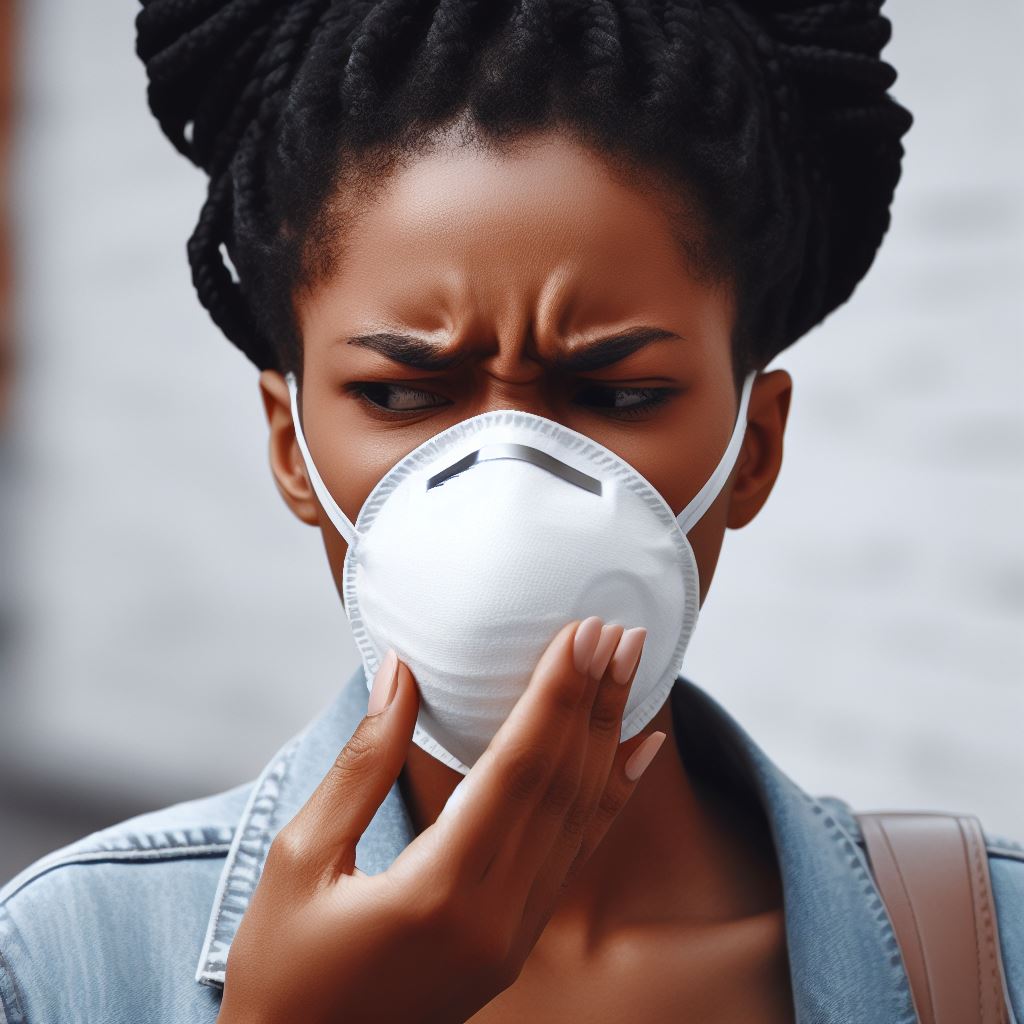Why do people seem to be getting sick more often now?
For yet another year we are already seeing earlier and significantly higher hospital admissions for respiratory illness than pre-pandemic levels. Are there new mysterious pathogens starting to attack us now? 🧵1/
For yet another year we are already seeing earlier and significantly higher hospital admissions for respiratory illness than pre-pandemic levels. Are there new mysterious pathogens starting to attack us now? 🧵1/

Now that the excuses of lockdowns are starting to run out after 3 years, even the mainstream media are starting to understand and report what is going on ( ). H/T: @MeetJess 2/goodmorningamerica.com/wellness/video…
Dr Darien Sutton explains that the WHO and CDC are confirming the pathogens that are causing these increases in illness worldwide are not new but the usual suspects of RSV, COVID, adenovirus, strep pneumoniae and other bacteria including mycoplasma. 3/
But why are we seeing higher levels than normal the past few years? He states, “We now have evidence that COVID decreases our immune response, making us more susceptible to infections.” 4/ 

We are seeing this here in Ontario as well, not just for young children but every age group is higher than historical pre-pandemic levels and those age 65+ are almost off the charts higher ( ). 5/
https://twitter.com/jeffgilchrist/status/1730995305812807705
Secondary infections after being infected with a virus are not new and many studies have shown that people are at higher risk for other infections like bacteria after viral infections like influenza as well. 6/
It is not good for humans to be constantly exposed to dangerous pathogens as you can clearly see how life expectancy more than doubled when we putting mitigations in place to prevent regular exposure and protect from many pathogens like cholera ( ). 7/ ourworldindata.org/grapher/life-e…


If you look at the far right of the graph you can see that life expectancy has actually started to go down now world wide due to the pandemic. 8/
Statistics Canada's data is showing similar trends ( ) and the breakdown by province shows that some are more impacted than others. 9/ www150.statcan.gc.ca/t1/tbl1/en/tv.…


While many have been blaming lockdowns, studies have been coming out for years now showing how even mild COVID infections can impact the immune system which you need to fight off other pathogens. 10/
A recent study in the USA found "COVID-19 was associated with a significantly increased risk for RSV infections among children aged 0–5 years in 2022." which was also replicated and the same conclusion for kids in 2021 ( ). 11/ncbi.nlm.nih.gov/pmc/articles/P…
Kids 0-5 who had prior COVID infection were 40% higher risk of getting RSV that needed medical attention compared to those who didn't in 2022 and 32% higher in 2021. 12/ 

Kids with prior COVID infection were also at significantly higher risk for bronchiolitis both from RSV and from other causes as shown in the graph. 13/ 

"Our findings suggest that COVID-19 contributed to the 2022 surge of RSV cases in young children through the large buildup of COVID-19-infected children and the potential long-term adverse effects of COVID-19 on the immune and respiratory system." 14/
Why might that be the case? Just one example of potential impact is that multiple studies have shown COVID infection can impair the function of and reduce the numbers of immune dendritic cells even 7 months after infection ( ). 15/
https://twitter.com/jeffgilchrist/status/1605958042947919878
Why is that important? It turns out that dendritic cells are important in starting the immune response to RSV infection and help determine the impact on the adaptive immune response ( ). 16/
https://twitter.com/jeffgilchrist/status/1605958057850114048
A lot of new information has come out over the past year and Dr. Lisa Iannattone has put together a new thread highlighting some of these studies to help you better understand ( ). 17/
https://twitter.com/lisa_iannattone/status/1730800968999079992
A year ago I put together a long thread highlighting a multitude of studies which found some kind of impact from COVID infection on the immune system that still apply today which you can find here ( ). 18/
https://twitter.com/jeffgilchrist/status/1605958004163084292
While your immune system was designed to fight different pathogens, exposure does come at a cost and some damage to your body. 19/
Read these threads to learn what actually happens inside your body when you are sick, part 1 ( ) and part 2 ( ) summary of this video ( ). 20/
https://twitter.com/jeffgilchrist/status/1631657631537414146
https://twitter.com/jeffgilchrist/status/1632349136237256705
Just like our ancestors started putting measures in place to reduce exposure to waterborne pathogens like cholera with sewage treatment and treating water to ensure it is safe to drink, we need to start doing the same for airborne pathogens. 21/
To help turn those life expectancy rates around and start increasing again it is imperative that people understand the importance of indoor air quality ( ). 22/
https://twitter.com/jeffgilchrist/status/1607379781892575234
While we are waiting for improved air quality policies to be put in place and upgraded infrastructure, there are also ways to improve the air you are breathing in places you don't control like wearing a tight sealing N95 respirator. 23/
Yes, N95 respirators actually work. If you want to learn *how* they work and which type is best, see this thread ( ). 24/
https://twitter.com/jeffgilchrist/status/1602994049815908353
If you are wondering why you can still smell some nasty things like smoke while wearing a respirator that blocks viruses and bacteria, see this thread ( ). 25/
https://twitter.com/jeffgilchrist/status/1728039593700647259
@threadreaderapp please unroll
• • •
Missing some Tweet in this thread? You can try to
force a refresh

 Read on Twitter
Read on Twitter






















